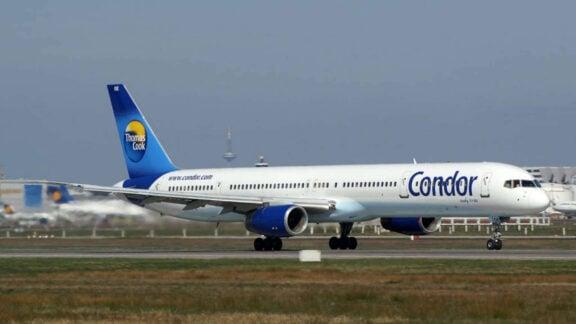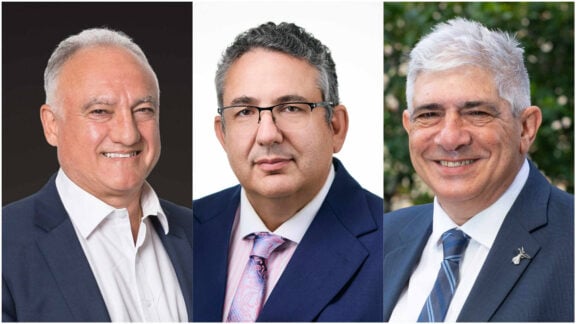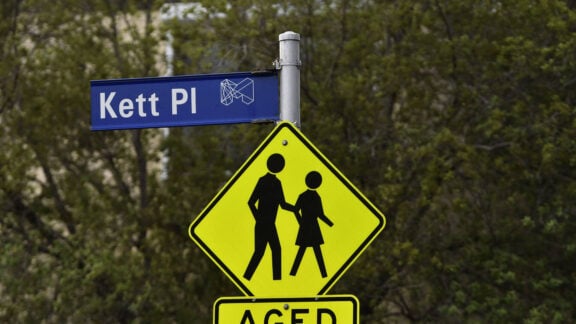A powerful earthquake in Morocco has killed more than 1000 people and injured hundreds more, the country’s deadliest in more than six decades, toppling houses in remote mountain villages where rescuers dug through rubble for survivors.
The magnitude 7.2 quake struck in Morocco’s High Atlas mountains late on Friday night, damaging historic buildings in Marrakech, the nearest city to the epicentre, while the most badly affected areas were in the mountains nearby.
The Interior Ministry said 1037 people had been killed and another 672 injured by the quake, gauged by the US Geological Survey at a magnitude of 6.8 with an epicentre 72km southwest of Marrakech.
In the village of Amizmiz near the epicentre rescue workers picked through rubble with their bare hands.
“When I felt the earth shaking beneath my feet and the house leaning, I rushed to get my kids out. But my neighbours couldn’t,” Mohamed Azaw said.
“Unfortunately no one was found alive in that family. The father and son were found dead and they are still looking for the mother and the daughter.”
About 20 men including firefighters and soldiers in fatigues stood atop the ruin of a house in Amizmiz as they tried to remove rubble, bits of carpet and furniture protruding from gaps between pancaked concrete floors.
The quake, which hit about 11pm, affected a sweep of the High Atlas mountain range.
Tremors were felt as far away as Huelva and Jaen in Andalusia in southern Spain, Spanish television RTVE reported.
Street camera footage in Marrakech showed the moment the earth began to shake, as men suddenly looked around and jumped up, and others ran for shelter into an alleyway and then fled as dust and debris tumbled around them.
In Marrakech, where 13 people were confirmed dead, residents spent the night in the open, afraid to go home.
In the heart of its old city, a UNESCO World Heritage site, a mosque minaret had fallen in Jemaa al-Fna Square.
Injured people filtered into Marrakech from the surrounding areas seeking treatment.
State television footage from the Moulay Ibrahim area 40km south of Marrakech showed dozens of houses collapsed at the foothills of a mountain, and residents digging graves as groups of women stood in the street.
Montasir Itri, a resident of the village of Asni near the epicentre, said most houses there were damaged.
“Our neighbours are under the rubble and people are working hard to rescue them using available means in the village,” he said.
Further west, near Taroudant, teacher Hamid Afkar said he had fled his home and felt aftershocks.
“The earth shook for about 20 seconds. Doors opened and shut by themselves as I rushed downstairs from the second floor,” he said.
In Marrakech, residents described desperate scenes as people fled for safety.
“I still can’t sleep in the house because of the shock and also because the old town is made up of old houses,” said Jaouhari Mohamed, an old city resident.
Moroccan state television broadcast images of troops deploying to help with rescue efforts.
It was Morocco’s deadliest earthquake since 1960 when a quake was estimated to have killed at least 12,000 people, according to the US Geological Survey.
At a depth of 18.5 km, experts said Friday’s quake was an unusually large tremor for the area.
Turkey, where powerful earthquakes in February killed more than 50,000 people, said it was ready to provide support.
Algeria, which broke off ties with Morocco last year, said it would open airspace for humanitarian and medical flights.
“The shallow earthquakes are normally more destructive,” said Mohammad Kashani, Associate Professor of Structural and Earthquake Engineering at the University of Southampton.
He compared scenes of the aftermath to images from Turkey in February: “The area is full of old and historical buildings, which are mainly masonry. The collapsed reinforced concrete structures that I saw… were either old or substandard.”
Marrakech is due to host the annual meetings of the International Monetary Fund and World Bank in early October.
Source: AAP









